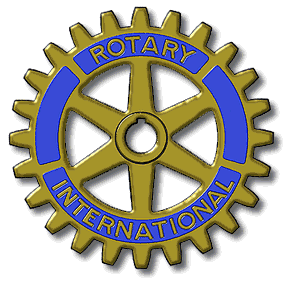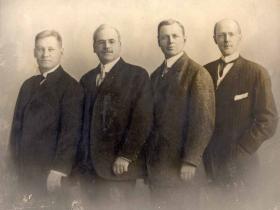
On February 23, 1905, Chicago lawyer, Paul P Harris, called three friends to a meeting. What he had in mind was a club that would kindle fellowship among members of the business community. It was an idea that grew from his desire to find within the large city the kind of friendly spirit that he knew in the villages where he had grown up.
Room 711 of the Unity Building at 127 North Dearborn Street in downtown Chicago, Illinois, was the site of Rotary’s first meeting on February 23, 1905. At that time, it was the office of Gustavus Loehr, a mining engineer and one of the founding members of the organization.
The four businessmen didn’t decide then and there to call themselves a Rotary club, but their get-together was, in fact, the first meeting of the world’s first Rotary club. As they continued to meet, adding others to the group, they rotated their meetings among the members’ places of business, hence the name. Soon after the club name was agreed upon, one of the new members suggested a wagon wheel design as the club emblem. It was the precursor of the familiar cogwheel emblem now worn by Rotarians around the world. By the end of 1905, the club had 30 members.
The second Rotary club was formed in 1908 half a continent away from Chicago in San Francisco, California. It was a much shorter leap across San Francisco Bay to Oakland, California, where the third club was formed. Others followed in Seattle, Washington, Los Angeles, California, and New York City, New York. Rotary became international in 1910 when a club was formed in Winnipeg, Manitoba, Canada.
By 1921 the organisation was represented on every continent, and the name Rotary International was adopted in 1922.

The first four Rotarians (from left): Gustavus Loehr, Silvester Schiele, Hiram Shorey, and Paul P. Harris, circa 1905-12.